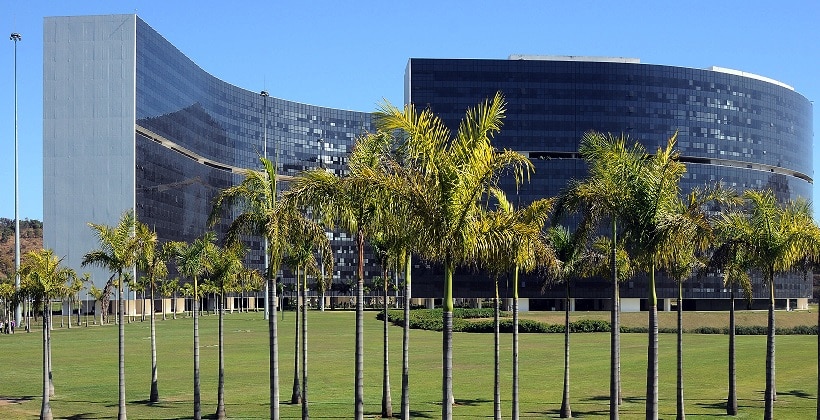Lesson
Part of: How Cities can Engage Organizations in Improving Urban Mobility
How can cities and states help organizations create Workplace Travel Plans?
BOOKMARK
A WTP cannot be viewed as a regulatory tool only, it needs to be viewed as a value-added tool for the organization in fulfilling its other organizational goals
Transportation Management Associations (TMA)
In many USA cities, non-profit organizations called TMAs are contracted by the cities to help regulatory agencies to support the development of WTP by organizations. Such entities may also allow small employers to provide services and incentives towards a more sustainable commute pattern. In general, TMAs have been successful approach that transformed the relationship between public and private sectors.
